
In 1995, the Loess Plateau, a vast expanse of land in China roughly the size of France, faced a bleak future. Decades of unsustainable farming practices had left the region ravaged by desertification, its once fertile soil turning to dust. With millions trapped in poverty, the situation seemed hopeless. However, a glimmer of hope emerged in the form of a $300 million grant from the World Bank Institute aimed at rescuing the plateau from its ecological and economic despair.

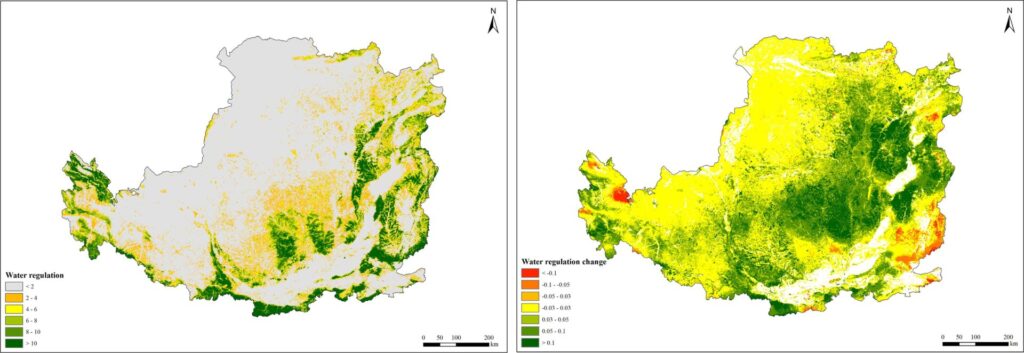
This wasn’t just another aid project. It was a monumental undertaking, requiring a multifaceted approach. The initiative tackled the root causes of desertification: uncontrolled grazing, deforestation, and inappropriate farming methods. Farmers were trained in sustainable land management practices, including terracing, tree planting, and water conservation techniques. Grazing was controlled, allowing natural vegetation to recover. This not only prevented soil erosion but also created new opportunities for income generation through animal husbandry.
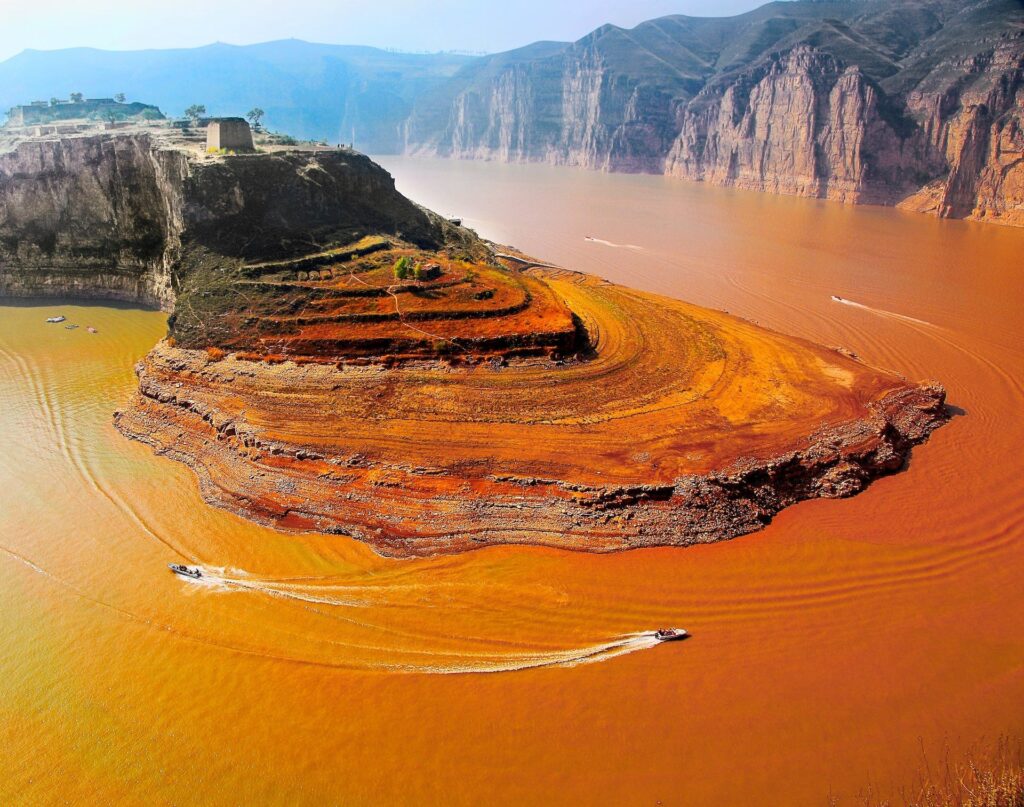
The results were nothing short of astonishing. The project wasn’t just successful; it was transformative. Overgrazed slopes transformed into verdant grasslands, and barren hillsides sprouted new forests. The ecological balance began to tip, with soil fertility restored and water retention improved. This, in turn, fueled a dramatic economic turnaround.

From Poverty to Prosperity:
The most significant impact of the Loess Plateau’s recovery was on the lives of its people. An estimated 2.5 million individuals were lifted out of poverty, their incomes doubling thanks to increased agricultural productivity and diversification. New opportunities arose in ecotourism and the production of high-value crops. The project empowered communities, fostering a sense of ownership and responsibility for their land’s future.
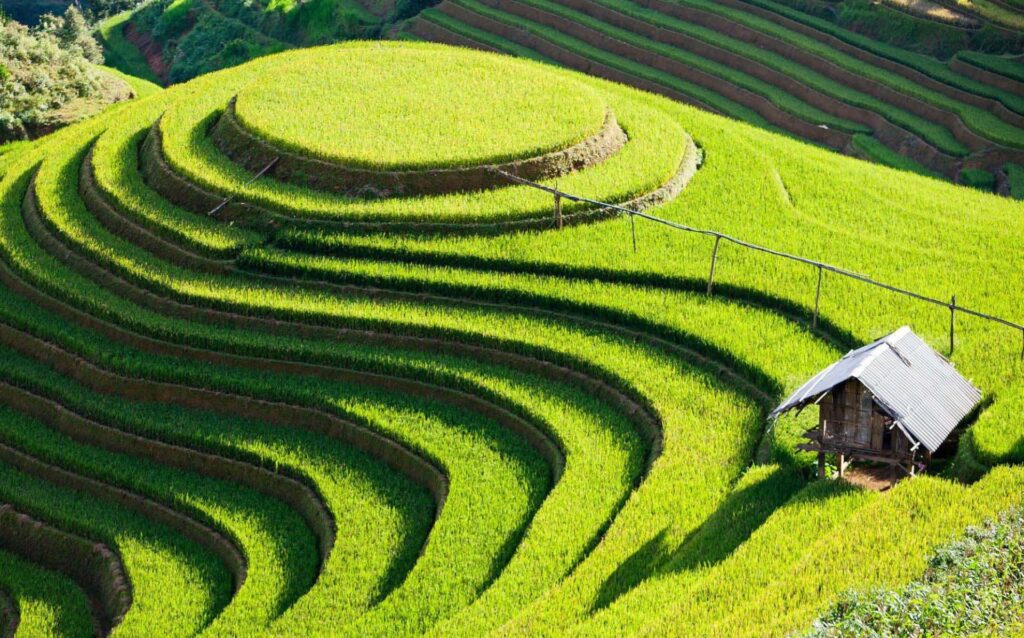
A Model for the World:
The Loess Plateau’s remarkable comeback serves as a beacon of hope in the fight against desertification and land degradation, a challenge faced by numerous countries worldwide. It demonstrates the power of collaboration, innovation, and community engagement in tackling seemingly insurmountable environmental challenges. The lessons learned from this project offer valuable insights for policymakers and communities around the globe, proving that even the most devastated landscapes can be restored, and lives can be transformed through sustainable practices and unwavering commitment.
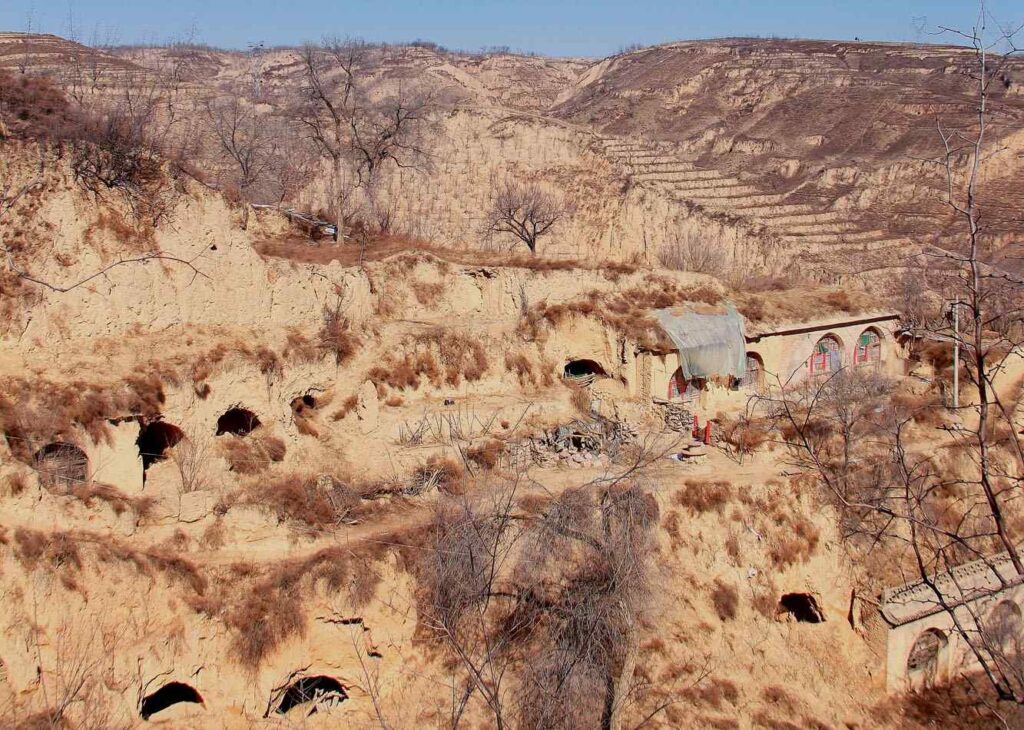
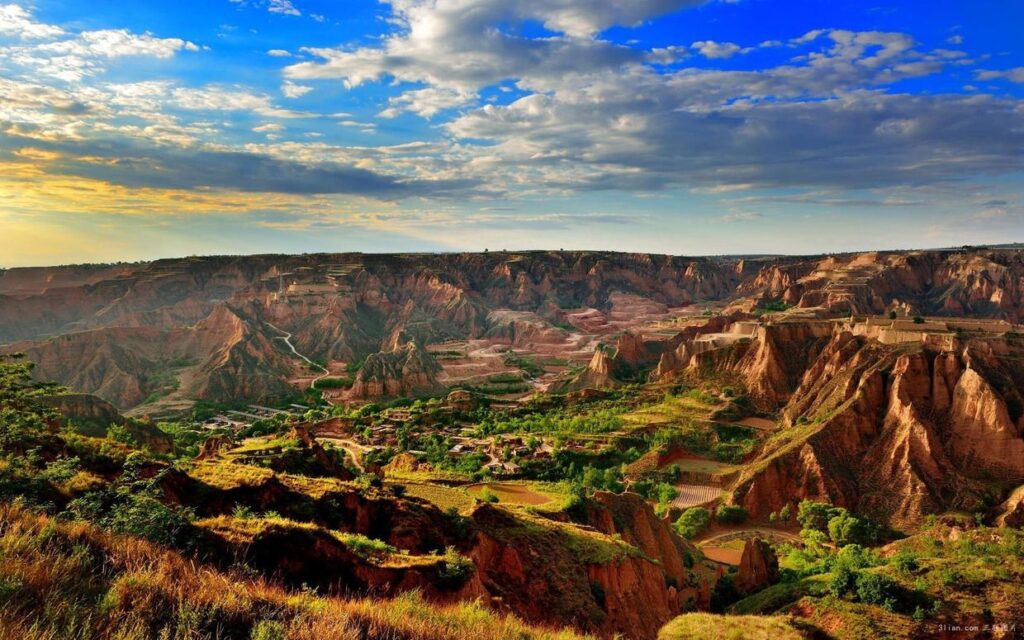
This transformed landscape stands as a testament to the power of human intervention and collaboration in reversing the tide of environmental degradation. The Loess Plateau’s journey from dustbowl to oasis offers a blueprint for a more sustainable future, where ecological restoration and economic prosperity go hand in hand.

Leave a Reply